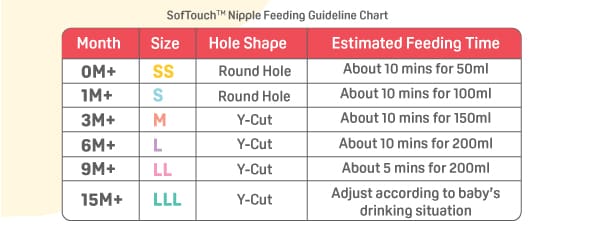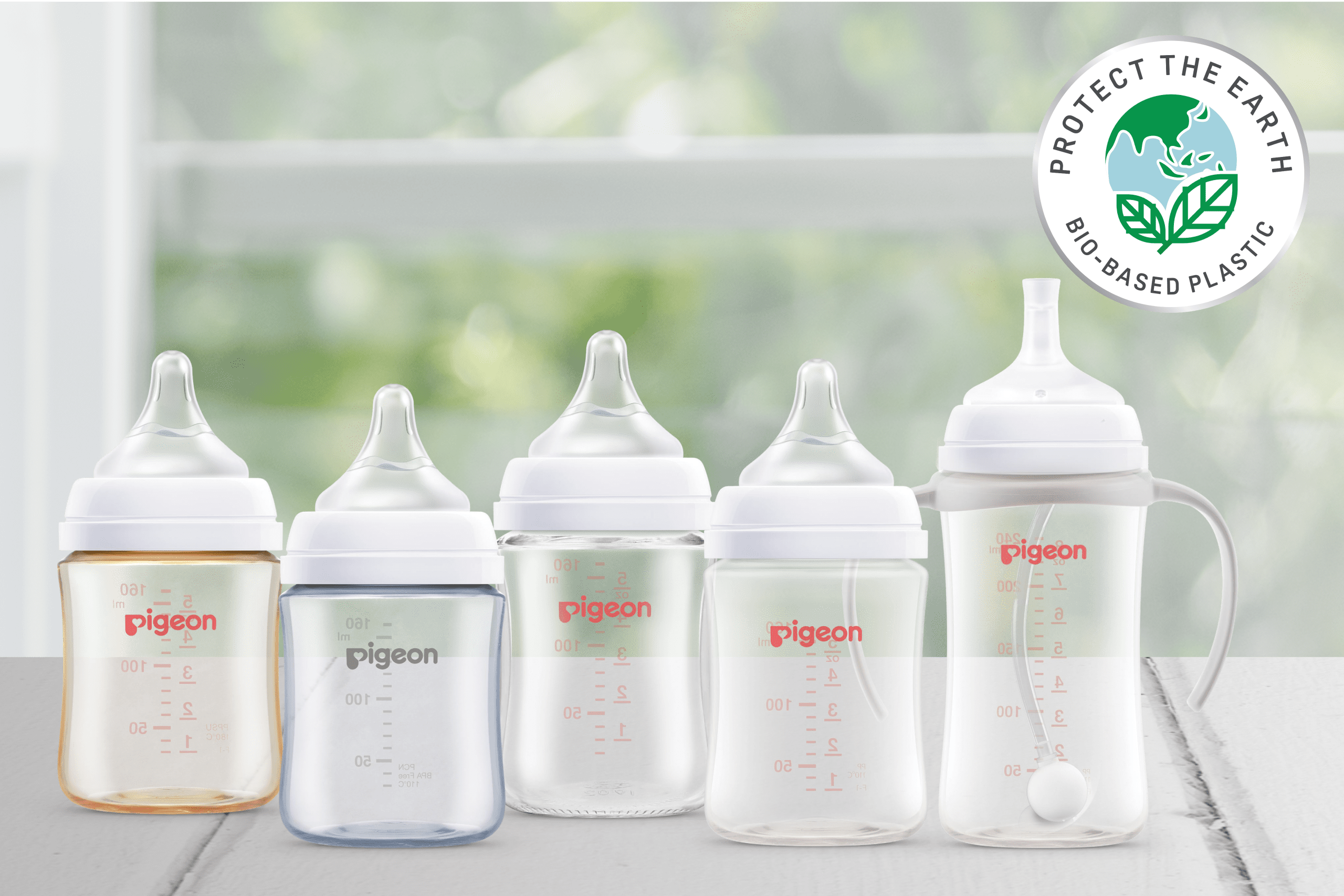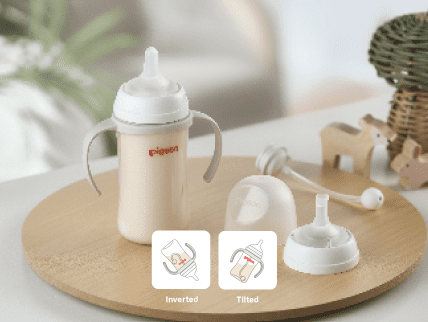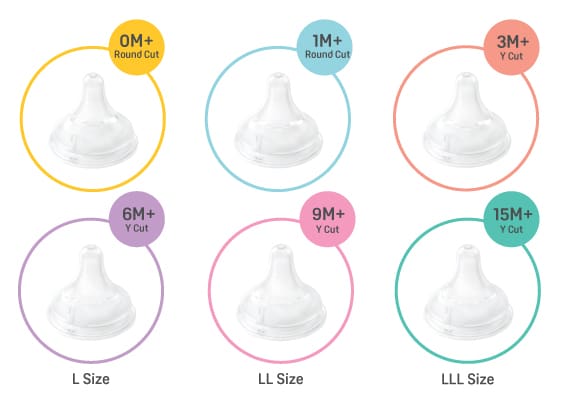How to Choose the Right Nipple Flow Rate | Baby Feeding Guide

Remember that every baby develops at their own unique pace, so watch your baby’s feeding cues to determine when to change nipple sizes.
Too slow? Signs Your Baby Needs a Faster Flow Rate:
• Your baby becomes fussy, impatient, or cries during feeding. Sometimes they may fall asleep from frustration when the milk flow is too slow.
• Your baby takes longer than 20 minutes to finish a bottle.Extended feeding times often indicate they’re working too hard to extract milk from a slow-flow nipple.
Too fast? Signs Your Baby Needs a Slower Flow Rate:
• Your baby chokes or gags during feeding.
• Your baby frequently has milk leaking from their mouth while feeding.
Nipple Replacement Guidelines:
| • Replace nipples every 2 months for optimal safety and hygiene • Rotate between 2 or more nipples during this period to prevent your baby from becoming too attached to a single nipple • Replace immediately if you notice any signs of damage, weakness, discoloration, changes in shape & wear from biting • Pay extra attention to nipple condition when your baby is teething. Inspect nipples before each use |
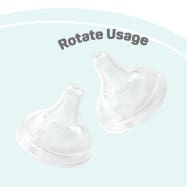 |
Refer to this guide for a complete guide to Pigeon SofTouch™ Nipples and usage application.
Refer to this guide for a how to choose the right Pigeon SofTouch™ Nursing Bottles by your needs.
